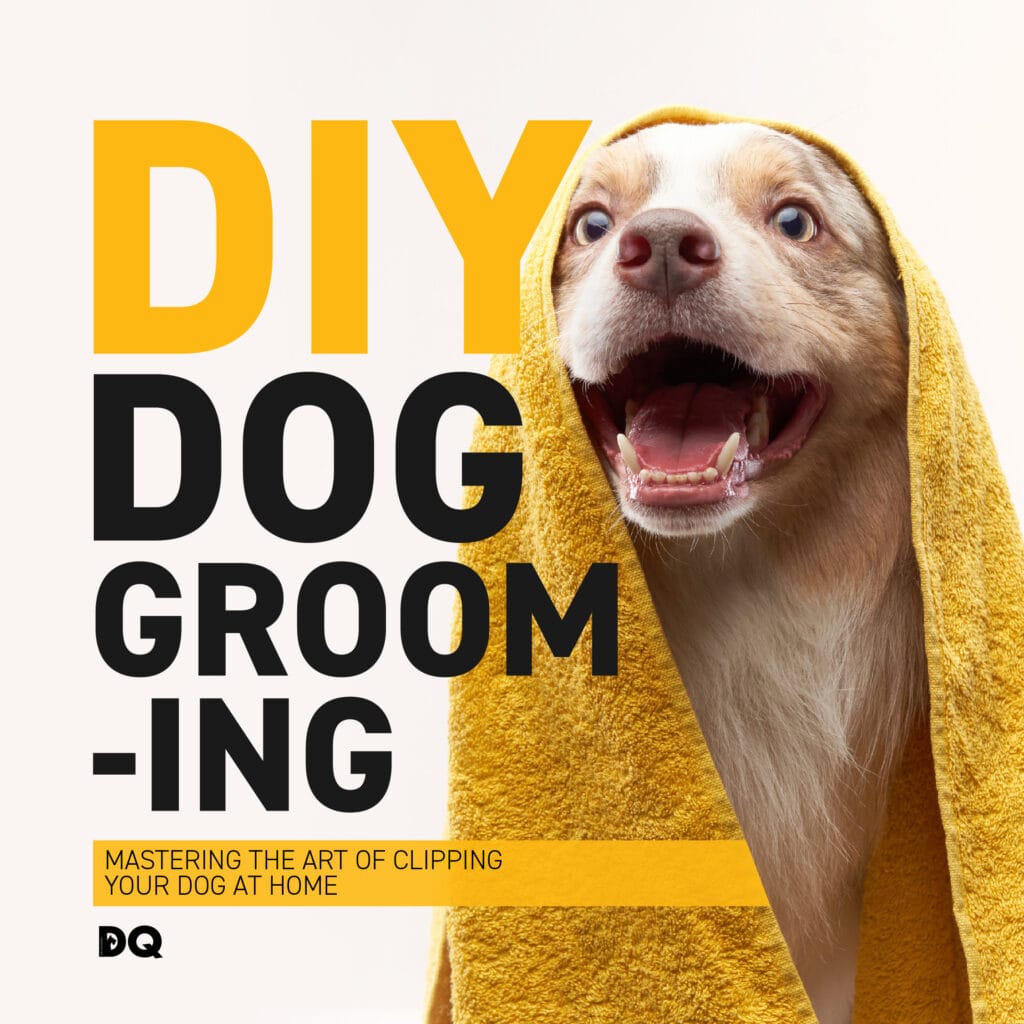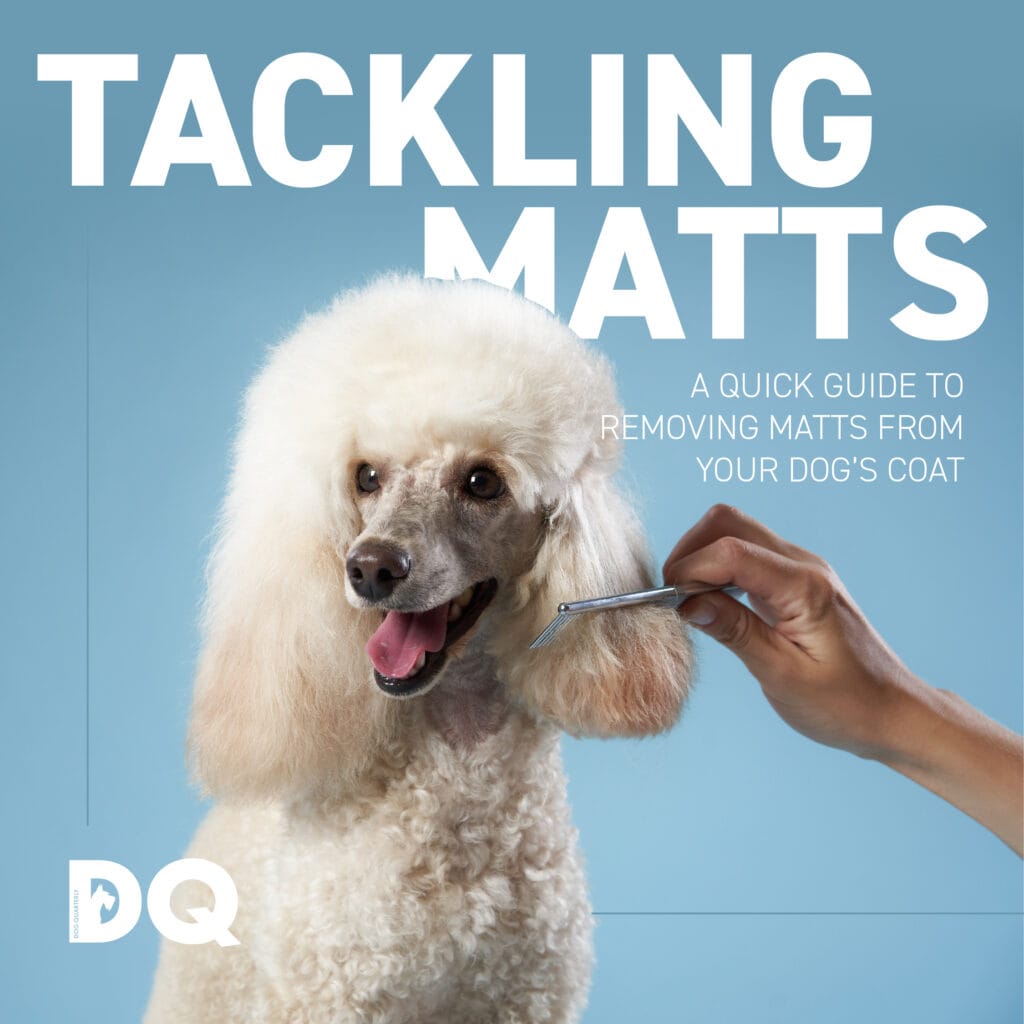Essential tips and tricks for at-home care
Keeping your dog well-groomed is crucial not only for their appearance but also for their overall health and well-being. While professional grooming services offer fantastic results, they can sometimes be expensive or inconvenient. Fortunately, you can perform many grooming tasks at home with some basic tools and knowledge. This article provides practical DIY grooming tips and tricks to keep your furry friend looking and feeling their best.
1. Gathering the right tools
Before you begin, make sure you have the right grooming tools. This is our basic list:
- Brushes and combs: Depending on your dog’s coat type, you may need several, such as a slicker brush, a pin brush, and a metal comb.
- Shampoo and conditioner: Choose products specifically formulated for dogs. Consider your dog’s skin type (sensitive, dry, oily) and coat characteristics.
- Clippers: If your dog’s breed requires haircuts, invest in a good pair of pet clippers.
- Scissors: Scissors are handy for trimming around the face, paws, and tail.
- Nail clippers: Dog-specific nail clippers or a grinder.
- Ear cleaning supplies: Cotton balls or pads and a veterinarian-approved ear cleaner.
- Toothbrush and toothpaste: Canine-specific products for dental care.
A note on brush selection
When grooming a dog, choosing the right brush is crucial for effective grooming and maintaining a healthy coat. The slicker brush, pin brush, and comb each serve specific purposes and are suited to different types of dog coats. Here’s a breakdown of these tools and their uses:
Slicker brush
A slicker brush is characterised by its fine, short wires close together on a flat surface. It’s commonly used for:
Purpose: Removing mats, tangles, and loose fur. It’s also effective in smoothing the coat and distributing natural oils through the fur.
Best for: Dogs with medium to long fur or curly-haired dogs such as Poodles, where tangles and mats are more common.
Use caution: The fine bristles can irritate the skin if pressed too hard, so it should be used gently, especially on dogs with sensitive skin.
Pin brush
A pin brush looks like a hairbrush for humans and features widely spaced, flexible pins with or without protective balls at the ends. It is used for:
Purpose: Gently detangling and smoothing out the fur, making it excellent for finishing and fluffing.
Best for: Dogs with longer, silkier coat types, such as Yorkshire Terriers and Golden Retrievers. It’s also suitable for dogs with woolly undercoats, like Huskies, although it is less effective at penetrating thick undercoats than a slicker brush.
Use caution: While it’s gentler on the skin than a slicker brush, it’s less effective on severe tangles and mats.
Comb
Combs for dogs come in various tooth widths, including fine, medium, and coarse, and can have different purposes based on the spacing of the teeth.
Purpose: Removing tangles and debris from the fur, checking for fleas, and providing a finishing touch to ensure no mats are left behind after brushing.
Best for: All types of coats, with the choice of comb (fine, medium, coarse) depending on the fineness of the dog’s fur. A fine-tooth comb is suitable for smooth, short-haired breeds to remove small debris and fleas, while a wide-tooth comb is better for dogs with thick, heavy coats.
Use caution: Always comb gently to avoid pulling on the skin, especially when working out mats or tangles. A mat splitter or detangler can be used before combing for tough mats.
Choosing the right brush
Consider the following when choosing which brush to use:
Coat length and type: Consider the length and texture of your dog’s coat. Long-haired and double-coated dogs may benefit from a combination of these tools.
Skin sensitivity: If your dog has sensitive skin, be extra cautious when using a slicker brush and consider using a pin brush for routine grooming.
Purpose of grooming: Decide if you’re removing tangles or mats or just doing general grooming. This will dictate which brush and other tools you will require.
2. Regular brushing

Regular brushing is essential, especially for dogs with long or dense coats.
- Benefits: Brushing removes dead hair, dirt, and dander and helps prevent matting.
- Frequency: Short-haired dogs may only need weekly brushing, while long-haired breeds might require daily attention.
- Technique: Always brush in the direction of hair growth, and be gentle to avoid skin irritation.
3. Bathing basics

Bathing your dog at home can be a bonding experience, but it’s essential to do it right.
- Preparation: Brush your dog thoroughly before bathing to remove tangles and mats.
- Bathing: Use lukewarm water and wet your dog thoroughly. Apply shampoo and massage it into the coat; rinse well to remove all soap, as residue can irritate the skin.
- Drying: Towel dry your dog gently and then use a hairdryer on a cool setting (if your dog is not afraid of the noise). Keep the dryer moving to avoid heat concentration.
4. Nail trimming
Trimming your dog’s nails is vital to prevent pain and joint problems associated with overgrown nails.
- Frequency: Typically, nails need trimming every 3-4 weeks, but this can vary.
- Technique: Be cautious of the quick, a blood vessel inside the nail, which can cause bleeding if cut. If unsure, just trim the tips or ask a vet or groomer to show you the proper technique.
5. Ear cleaning
Keeping your dog’s ears clean is important, especially for breeds prone to ear infections.
- Technique: Apply a few drops of ear cleaner into the ear canal, massage the base of the ear gently, and then let your dog shake its head. Wipe away loosened debris and wax with a cotton ball or soft cloth.
6. Dental care
Oral hygiene is often overlooked in dogs but can significantly impact their health and quality of life.
- Routine: Brush your dog’s teeth regularly using canine toothpaste. Start slowly and gradually increase the brushing as your dog gets used to the process.

DIY grooming
DIY dog grooming can be a rewarding way to care for your pet, saving you money and helping to strengthen your bond. With the right tools and a bit of practice, most dogs can enjoy grooming sessions at home, making them look and feel their best. Always introduce grooming activities gradually and with plenty of praise and treats, ensuring a positive experience for your furry friend.




